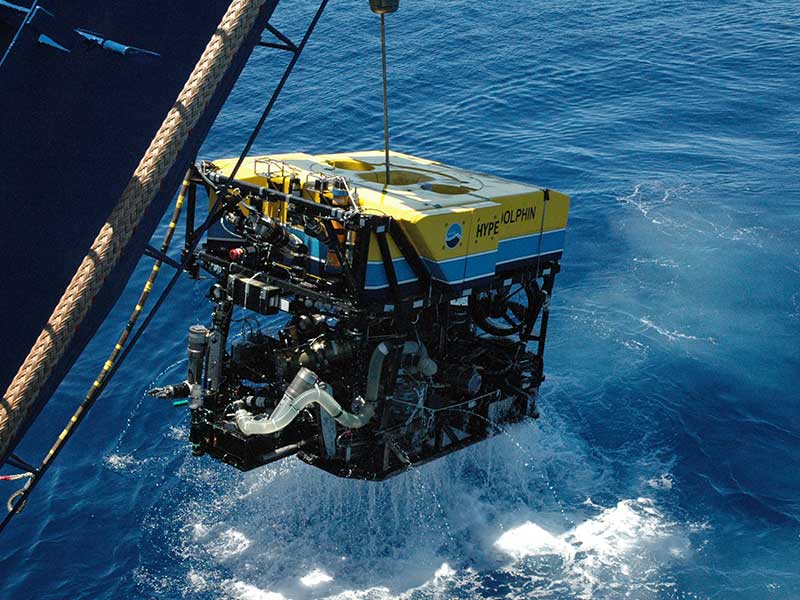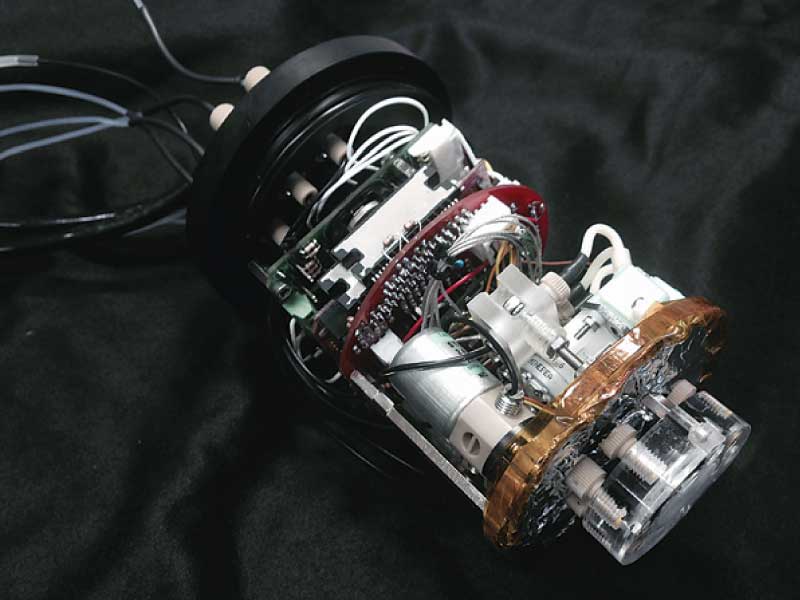Abstract
Development of in situ analysis tools or sensors with miniaturized format and lower power consumption is an essential issue to promote novel natural resource surveys in deep-sea environments. One of the promised solutions to realize them is the microfluidic technology. We have been developing, evaluating, and deploying a series of in situ chemical/biochemical analysis tools "Integrated In Situ Analyzer (IISA)".
 Deep-sea measurement
Deep-sea measurement
IISA-ATP was developed for in situ detection of biogeochemical anomalies based on microbial biomass estimation by adenosine triphosphate (ATP) quantification using a luciferin-luciferase (L-L) assay. IISA-ATP2 capable of a continuous L-L assay for practical deployments has been also developed and evaluated as a next generation in situ tool. During a scientific cruise NT13-25 in December 2013, IISA-ATP2 was mounted on an unmanned underwater vehicle "HYPER-DOLPHYN" (JAMSTEC) and operated in the deep-sea environment. As a result, the bioluminescence intensity that corresponds to the microbial ATP contents and the other environmental parameters were successfully measured in situ. A microfluidic device has been also integrated with an Ion Sensitive Field Effect Transistor (ISFET), to realize a solid-state pH sensor with an in situ calibration capability (IISA-pH) for practical deployments. These state-of-art tools will contribute not only to a promotion of marine resource surveys but also to environmental assessment operations and scientific studies on marine microbiology and chemistry.
 IISA-ATP
IISA-ATP
Collaboration
- JAMSTEC
- Kochi University
Sponsor
- JST
- MEXT